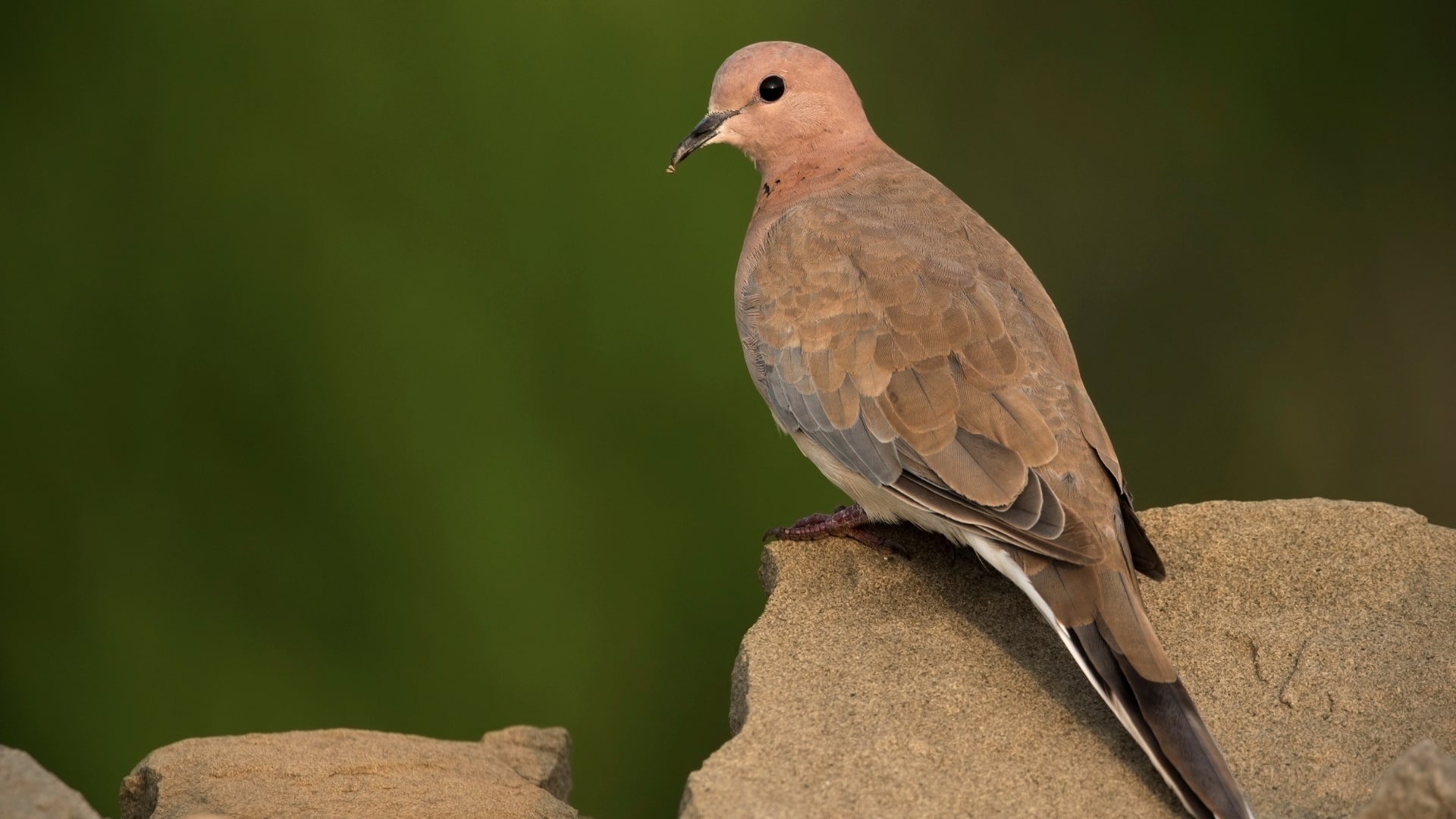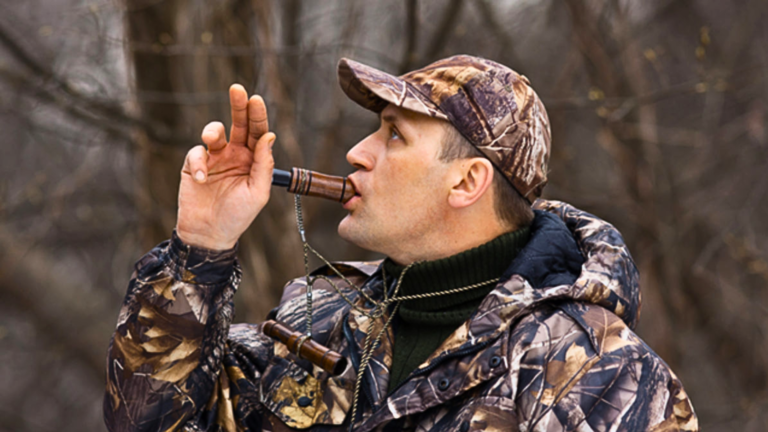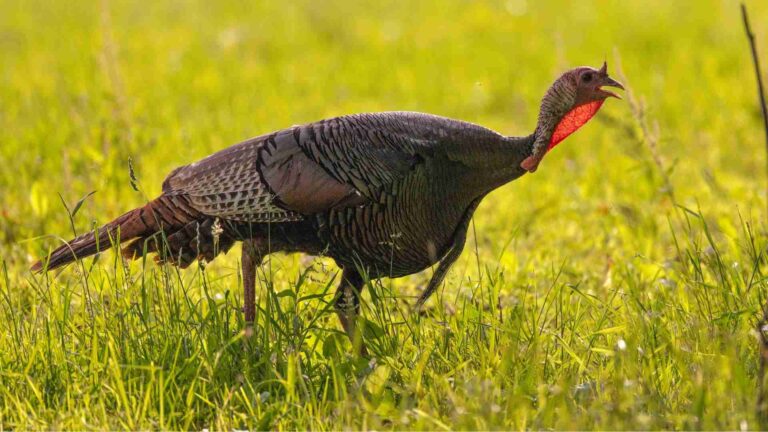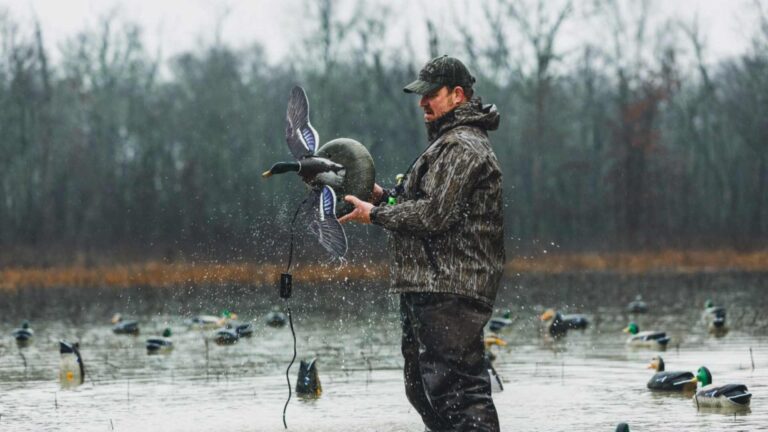Dove Hunting 101: What You NEED To Know!
Dove hunting can be an extremely rewarding pursuit. Often times, though, beginner hunters get overwhelmed with tons of information.
This guide offers everything you need to know in one place. It will equip you with the essential knowledge to enhance your dove hunting experience.
Dove Hunting Basics
Before you go any further, it’s important that you are familiar with basic dove characteristics and behavior.
Doves are migratory birds that exhibit unique flight patterns, making them both challenging and exhilarating targets. Their swift and agile movements demand quick reflexes and accurate shooting.
Observing their flight paths during different times of the day, especially during their feeding and roosting routines, is crucial. This observation allows you to position yourself strategically, taking advantage of their flight patterns.
Keep in mind that doves are highly social birds, often flying in flocks. This flock behavior can work to your advantage, offering multiple opportunities for shots as they dart through the sky.
Patience and adaptability are key as you track their movements and anticipate their flight trajectories. Understanding their behavior not only increases your chances of a successful shot but also deepens your understanding of the ecosystem.
Essential Gear
Having the right gear can significantly impact your overall hunting experience.
Your choice of shotgun plays a pivotal role in your success. Opt for a shotgun that strikes a balance between power and maneuverability.
A 20 or 12-gauge dove hunting shotgun is a popular choice, offering versatility and ease of use. Open chokes, such as improved cylinder or modified, are recommended to provide a wider shot pattern, increasing your chances of hitting these fast-moving targets.
In addition to the shotgun, proper eye and ear protection are essential. Shooting ranges can be loud, and the right ear protection not only safeguards your hearing but also enhances your focus on the hunt.
Choosing the right ammunition is another crucial aspect of hunting doves. Opt for lighter loads with smaller shot sizes, typically 7.5 or 8-shot. These smaller pellets create a broader pattern, increasing your chances of hitting the fast-moving doves. Experiment with different loads and patterns to find what works best for your shooting style and preferences.
Investing in a quality pair of binoculars can also enhance your hunting experience. Binoculars help you scout for doves at a distance and identify their flight patterns. Look for compact and lightweight binoculars that are easy to carry and provide a clear view of your surroundings.
Camouflage clothing helps you blend seamlessly into the natural surroundings, making it harder for doves to spot you. A hat with a brim serves a dual purpose, shading your eyes from the sun and reducing glare, improving your visibility as you scan the skies for doves.
Finally, consider a hunting vest or bag to carry your ammunition, water, snacks, and any other essentials you may need during the hunt. Having everything within easy reach keeps you organized and minimizes movement, ensuring you stay focused on the thrill of the hunt.
Scouting and Habitat
Understanding dove habitats and their behavior is a cornerstone of successful hunting trip.
Doves are drawn to areas that offer both food and safety, and identifying these locations is key to positioning yourself effectively.
Open fields, agricultural lands, and areas with access to water sources are prime dove habitats.
Pay close attention to their feeding habits and flight patterns during different times of the day. Early mornings and late afternoons are typically when doves are most active, searching for food and water. Look for signs of their presence, such as feathers, droppings, and the telltale cooing sounds that they make.
Scouting these areas before the hunt can provide valuable insights into dove movements. Take note of their flight paths, roosting spots, and preferred feeding areas. Doves often perch on power lines or tree branches, offering you a chance to observe them from a distance.
Setting up near these perching spots can give you an advantage as you wait for the perfect shot. Keep in mind that doves are sensitive to disturbances, so approach scouting areas quietly and cautiously to avoid spooking them.
Also, gaining permission to hunt on private property and building good relationships with landowners can grant you access to prime dove hunting locations.
Remember that doves are creatures of habit, and once you’ve identified their preferred habitats, you can strategically position yourself to intercept their flight paths.
Hunting Techniques
The choice of hunting technique often depends on factors such as your hunting environment, available cover, and your personal preferences. Experimenting with different techniques and adapting to changing conditions can increase your chances of success.
Pass Shooting
One of the most common approaches to hunting doves is pass shooting. This technique involves positioning yourself in an area where doves frequently fly by, such as a flight path or flyway.
By predicting their flight patterns and positioning yourself strategically, you can take shots as doves pass within your shooting range. Patience is crucial in pass shooting, as it requires waiting for the right moment to take a shot.
Decoy hunting
Using decoys mimics the presence of other doves and can attract passing birds into your shooting range. Set up a realistic spread of decoys on the ground to create an inviting scene for doves. Decoying can be particularly effective when doves are actively seeking food sources and social interaction.
Combine this technique with natural cover to enhance the realism of the setup.
Jump Shooting
Jump shooting is another approach to hunting doves, involving surprising doves as they leave their roosting or feeding areas. This technique requires stealth and quick reflexes, as doves will take off suddenly, giving you a brief window for a shot.
Jump shooting can be effective in dense vegetation or areas where doves may not be accustomed to human presence. This technique can be physically demanding, as it involves moving quietly through the terrain and reacting swiftly to surprise sightings.
Mastering Your Shooting Skills
The art of hunting doves is incomplete without honing your shooting skills to a level of precision and consistency. Shooting a moving target requires a unique set of skills that can only be achieved through practice, patience, and dedication.
One of the fundamental aspects to focus on is the concept of “leading” the target. Doves are swift fliers, and aiming directly at them will likely result in a miss. Instead, aim slightly ahead of the dove’s flight path to account for the time it takes for the shot to reach the target.
Regular practice is essential for developing your shooting proficiency. Visiting shooting ranges or engaging in clay pigeon shooting can help refine your technique. These exercises not only improve your accuracy but also build muscle memory, allowing you to react more instinctively during actual hunts.
Practice shooting at different distances, as doves can vary their flight patterns, sometimes soaring high and other times flying lower to the ground.
Another important aspect is maintaining a fluid and controlled swing. A jerky or sudden movement can throw off your aim and result in a miss. Practice tracking the flight of the dove smoothly with your shotgun’s barrel while maintaining proper stance and balance.
Developing mental focus is vital. Hunting doves requires patience, and maintaining your concentration even during periods of inactivity is crucial.
Stay alert, keep an eye on the sky, and be prepared to react swiftly when a dove comes into your shooting range.
Your shooting skills WILL improve over time. Be patient with yourself and view every hunt as a learning opportunity. Analyze your shots, identify areas for improvement, and continually refine your technique.
With dedication and practice, you’ll become a skilled and confident dove hunter, able to consistently hit these fast-moving targets and savor the thrill of success with every well-placed shot!
Dove Cleaning and Cooking
After a successful day of hunting doves, the rewards extend beyond the thrill of the hunt. Properly cleaning and cooking your harvested doves can lead to delicious and satisfying meals. Start by cleaning the doves as soon as possible to ensure the best quality meat.
Dove meat is known for its lean, mild flavor, making it a versatile ingredient in various dishes. Popular cooking methods include roasting, grilling, and pan-searing.
Before cooking, consider marinating the doves to enhance their flavor and tenderness. A simple marinade with olive oil, herbs, and spices can work wonders.
Grilled Bacon-Wrapped Dove Skewers
Ingredients:
- 12 dove breast fillets, plucked and cleaned
- 6 slices of bacon, cut in half
- 1 tablespoon olive oil
- 2 cloves garlic, minced
- 1 teaspoon fresh thyme leaves
- 1 teaspoon fresh rosemary leaves, finely chopped
- Salt and freshly ground black pepper, to taste
- Wooden skewers, soaked in water for 30 minutes to prevent burning
Instructions:
- In a small bowl, combine the olive oil, minced garlic, thyme, rosemary, salt, and pepper. Mix well to create a flavorful marinade.
- Place the cleaned dove breast fillets in a shallow dish and coat them with the marinade. Cover and let them marinate in the refrigerator for at least 30 minutes, allowing the flavors to infuse into the meat.
- Preheat the grill to medium-high heat.
- Take each dove breast fillet and wrap it with half a slice of bacon, securing the bacon with a wooden toothpick or skewer. Repeat the process for all the fillets.
- Thread the bacon-wrapped dove fillets onto the soaked wooden skewers, leaving some space between each piece.
- Place the skewers on the preheated grill and cook for about 4-5 minutes on each side. The bacon should become crispy and golden brown, and the dove meat should be cooked through but still tender.
- As you grill, you can baste the skewers with any remaining marinade for added flavor and moisture.
- Once the dove skewers are cooked to your liking, remove them from the grill and let them rest for a few minutes before serving.
- Serve the grilled bacon-wrapped dove skewers as a mouthwatering appetizer or pair them with your favorite sides for a delightful main dish.
Conclusion
Dove hunting offers a thrilling adventure that combines the excitement of the chase with a deep connection to the natural world. By understanding dove behavior, equipping yourself with the right gear, and practicing ethical hunting, you can embark on a rewarding journey in the world of dove hunting.
Remember, each hunt is an opportunity to learn and improve your skills, enhancing your appreciation for both the sport and the environment it celebrates.
Happy dove hunting!
Image sources: SYC Sporting, Prairie Wildlife, Honest Food








